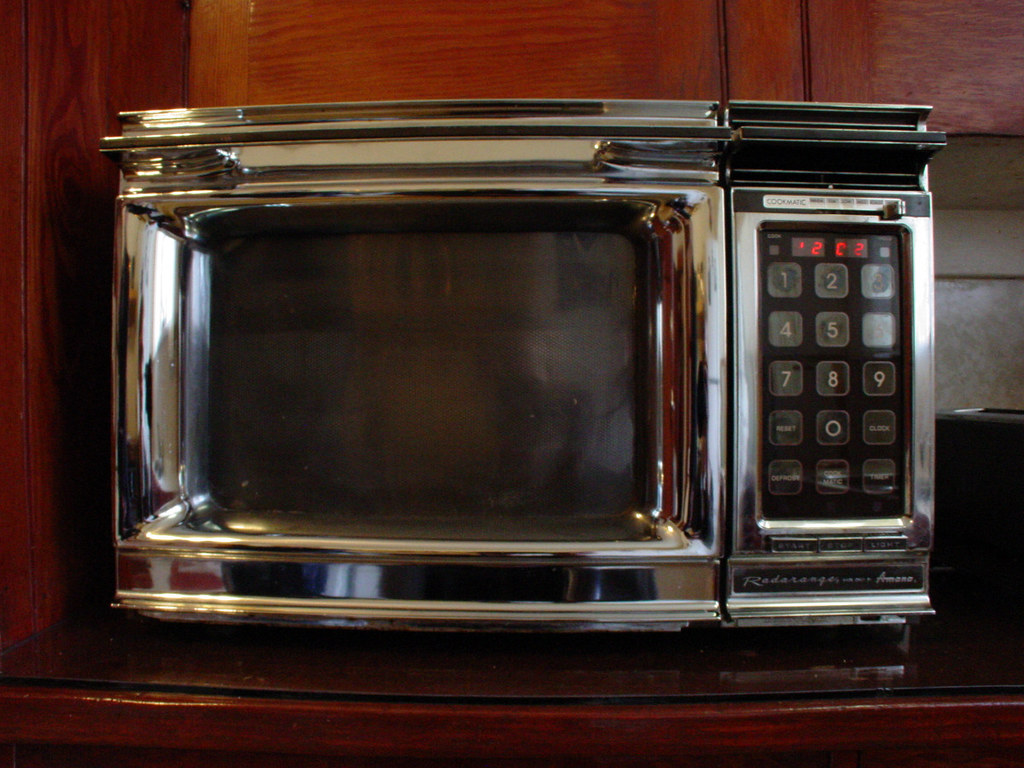The microwave has evolved into a necessary piece of equipment in the majority of modern kitchens because it makes cooking and reheating meals so simple. How much your microwave should protrude from cabinetry is one of the most often asked topics when it comes to installing a microwave. It’s crucial to take this into account to guarantee the functionality and safety of your microwave.
Depending on a number of variables, a microwave should be set back from cabinets at a specific distance. These considerations encompass issues with safety, usability, and aesthetics. The following principles should be taken into account when deciding how far away your microwave should be placed:
- Safety issues: When installing a microwave, safety should always come first. It’s crucial to adhere to the installation and clearance guidelines provided by the manufacturer. A minimum clearance of 30 inches is advised by the National Kitchen and Bath Association (NKBA) between the cooking surface and the base of the cabinet above.
- Functionality: Your microwave’s ability to function depends on how far the cabinets are from it. Make sure there is sufficient room for the microwave door to open completely without running into any cupboards or other obstructions. Additionally, you should make sure that everyone in your home can conveniently access the microwave.
- Finally, the distance between your microwave and cabinetry might affect the appearance of your kitchen as a whole. For a seamless appearance, you might choose your built-in microwave to be flush with the surrounding cabinets. You could choose to keep your countertop microwave hidden in a corner or on a specific shelf if you have one.

How can I ensure proper ventilation for my microwave if it is installed within a cabinet?
For your microwave to operate safely and effectively, proper ventilation is necessary. It’s crucial to check that your microwave has enough ventilation if it’s mounted inside of a cabinet to avoid overheating and lower the likelihood of fire threats. Here are some pointers to assist you make sure your microwave is properly ventilated:
- Place a ventilation system in place: Take into account adding a ventilation system to the microwave’s cabinet. This will lessen the chance of overheating and improve airflow in your kitchen by helping to deflect heat and steam away from the microwave.
- Use a vented microwave: Take into account utilising a vented microwave with an exhaust fan if you intend to install a built-in microwave inside of a cabinet. In order to direct heat and steam outside of your house, this sort of microwave can be linked to an exterior vent.
- Use a microwave that has ventilation built in: Some microwaves have ventilation built in, which improves air flow and heat dissipation. If you intend to install your microwave within a cabinet, think about getting one with this capability.
- Cabinet doors should remain open: When using the microwave, keeping the cabinet doors open can help to increase air circulation and prevent the accumulation of heat and steam inside the cabinet.

How do I determine the ideal height for my microwave installation?
The size and kind of your microwave, the layout of your kitchen, and your personal tastes all play a role in determining the appropriate height for your microwave installation. When choosing the right height for your microwave installation, keep the following in mind:
- Consider the height at which you and your family can comfortably access and operate the microwave when thinking about accessibility. Most people find that being 3 to 4 feet above the ground is both convenient and pleasant.
- Safety: Check to make sure your microwave is not mounted too high, as doing so can make it dangerous to reach for hot food. In addition, you might want to think about mounting the microwave higher up if you have young children so that it is out of their reach.
- User comfort: Take into account the height of other kitchen fixtures and appliances, including the oven or sink. A more unified and cosy office can be produced by positioning the microwave at a same height.
- A built-in microwave should be set at a height that provides for adequate ventilation if you intend to install one. In order to guarantee appropriate ventilation, the manufacturer’s instructions will normally outline the necessary clearance height above the microwave.
Overall, your preferences, the design of your kitchen, and the particular requirements of your microwave model will determine the optimal height for your microwave installation. To achieve a secure, cosy, and useful installation, carefully consider these criteria.
Can I install a microwave over a stove?
A microwave can be mounted over a stove. In fact, a lot of microwaves are made especially for this use; they have ventilation systems built in to help move steam and cooking odours out of the kitchen and away from the microwave.
It’s crucial to adhere to the manufacturer’s instructions for proper installation and ventilation when mounting a microwave over a stove. Typically, this entails maintaining a minimum distance of 30 inches between the cooking surface and the microwave’s base. To avoid it moving or falling while in use, you should also make sure that the microwave is firmly fixed to the wall or cabinet above the stove.
Furthermore, it’s critical to check that the microwave is correctly vented to avoid the accumulation of steam and cooking odours, which can harm the appliance and provide a fire threat. Consider adding a charcoal filter to help absorb odours and stop moisture buildup if your microwave is not vented to the outdoors.
Relevant Articles
Is It Bad If Your Microwave Has Rust Inside?
What Is The Difference Between A Microwave And Microwave Oven?

Comments are closed